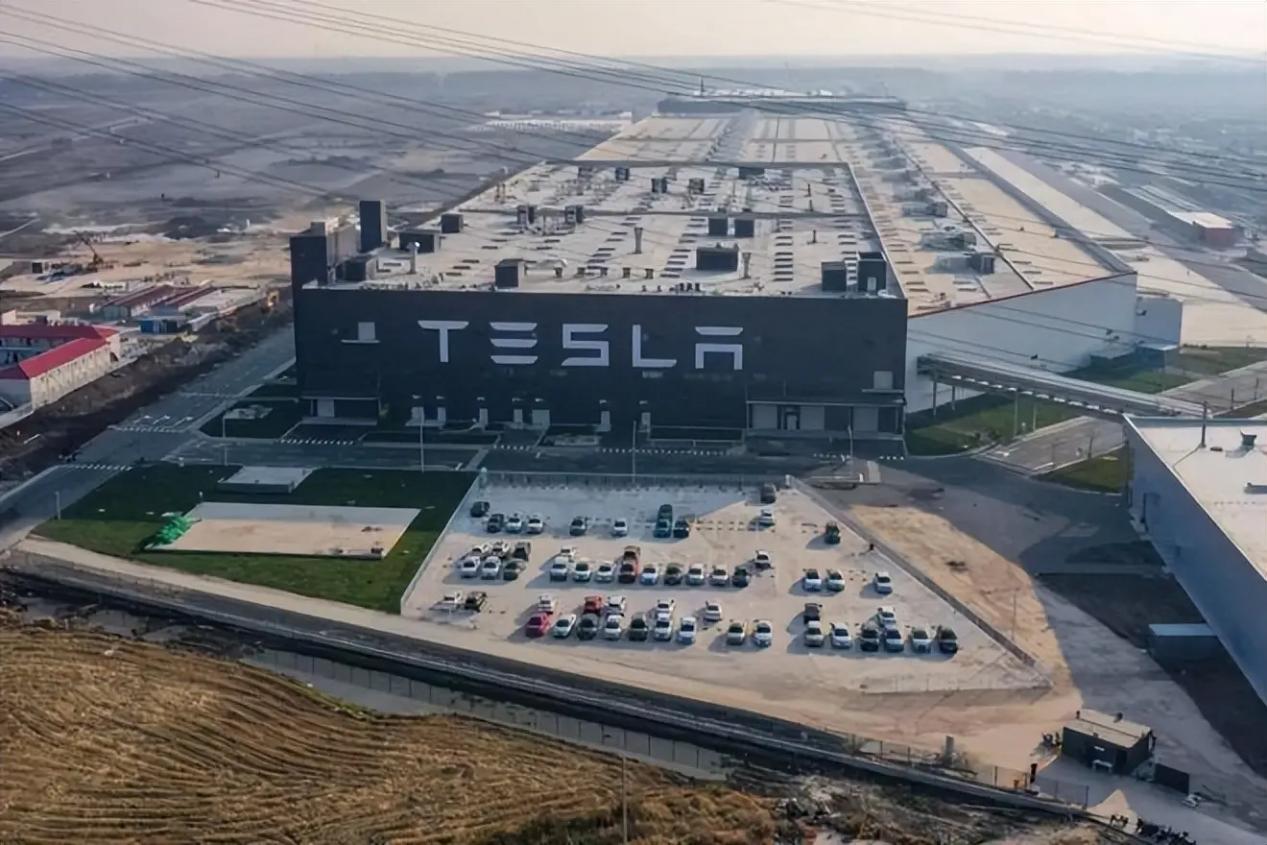
Recently, Tesla opened its first experience center in Mumbai, India, marking the official launch of the global electric vehicle giant's attack on the South Asian market. This action not only reflects Tesla's deepening globalization strategy, but also reveals the special opportunities of the Indian new energy vehicle market under policy driven and industrial transformation.
In recent years, the Indian government has paved the way for international car companies such as Tesla through a dual track approach of tariff adjustments and industry incentives. According to the revised electric vehicle industry policy of the Indian government in 2025, eligible enterprises can enjoy a 15% import tariff preferential treatment, but must commit to completing $486 million in local investment and 50% localization of components within five years. This policy design not only lowers Tesla's initial entry threshold, but also promotes the upgrading of the Indian industrial chain through the "market for technology" strategy.
According to data from the Indian Association of Automobile Manufacturers, the sales of electric vehicles in India are expected to exceed 300000 units by 2025, accounting for 6% of the overall automotive market share and a compound annual growth rate of 59%. This growth rate far exceeds the traditional fuel vehicle market, mainly due to the coordinated subsidies from federal and local governments.
Before Tesla entered the market, the Indian electric vehicle market had already formed a pattern of "local giants dominating and Chinese brands penetrating". Tata Motors holds a 62% market share with its low price strategy, with its flagship model Nexon EV starting at around $28000, creating a misaligned competition with Tesla Model Y's estimated price of $60000 in India. But Tesla's 600 kilometer range has increased by 100% compared to mainstream Indian models, and technological differences may reshape high-end user perception.
Local companies such as Mahindra are accelerating product iteration, attempting to consolidate the mid-range market through new models such as BE.6 and XEV.9e. Chinese brands such as BYD and MG rely on their home country's supply chain advantages to form a pincer attack in the price range of 200000 to 400000 rupees.
The Tesla India team has developed a "three-step" strategy: establishing a brand benchmark by importing Model Y in the first year, promoting the localization of battery modules within three years, and achieving local production of electric drive systems within five years. According to policy requirements, it is required to increase the localization rate of its supply chain to 70% by 2028. This process faces a dual test: the Indian power battery industry is still in its infancy, and although Tata Group has invested $1.5 billion to build a battery factory, the release of production capacity will need to wait until 2026; The layout of the charging network lags behind, and although the government plans to build 250000 charging piles by 2025, the actual operational efficiency is constrained by the stability of the power grid.
The location strategy of the Mumbai Experience Center highlights Tesla's precise positioning of high net worth individuals in India. The size of India's middle class is expected to reach 1 billion people by 2030, but private consumption of electric vehicles is still limited by purchase costs. The current average selling price of electric vehicles in India is about $35000, a premium of 20% -30% compared to gasoline vehicles. Tesla needs to break through price sensitive bottlenecks through innovative financial solutions.
It is worth noting that the electrification process of commercial vehicles in India is leading the private market. Tata Motors has delivered the first batch of electric buses to the government, and if Tesla Semi trucks can be included in the Indian logistics system renovation plan, it may open up new growth poles.
Tesla's decision to enter India at this time is not only a strategic choice to hedge geopolitical risks, but also a recognition of the potential of the Indian market as a "China+1" supply chain base. As Tesla's Shanghai Gigafactory shifts production capacity to Southeast Asia, India may become a hub for its radiation to the Middle East and African markets.
The success or failure of this high-end electric revolution will depend on whether Tesla can find a balance between policy compliance, cost control, and user experience. When the sea breeze of Mumbai brushes over the glass curtain wall of the Tesla Experience Center, a transformation that changes the landscape of the Indian automotive industry has begun.

On January 7th local time, GameStop (GME.US) announced that the company's board of directors had approved a potential executive compensation package worth $3.54 billion, which was targeted at the company's CEO, Ryan Cohen. At the same time, this new compensation package set extremely high performance thresholds: Cohen, the CEO, needed to increase the company's market capitalization from $9.5 billion to $100 billion.
On January 7th local time, GameStop (GME.US) announced that…
According to the British media The Guardian, recently US Pr…
In today's era of deep integration of globalization and dig…
In early 2026, US President Trump forcibly took control of …
Recently, the corn market dynamics analysis released by Aus…
Donald Trump has proposed an "immediate" restriction on lar…